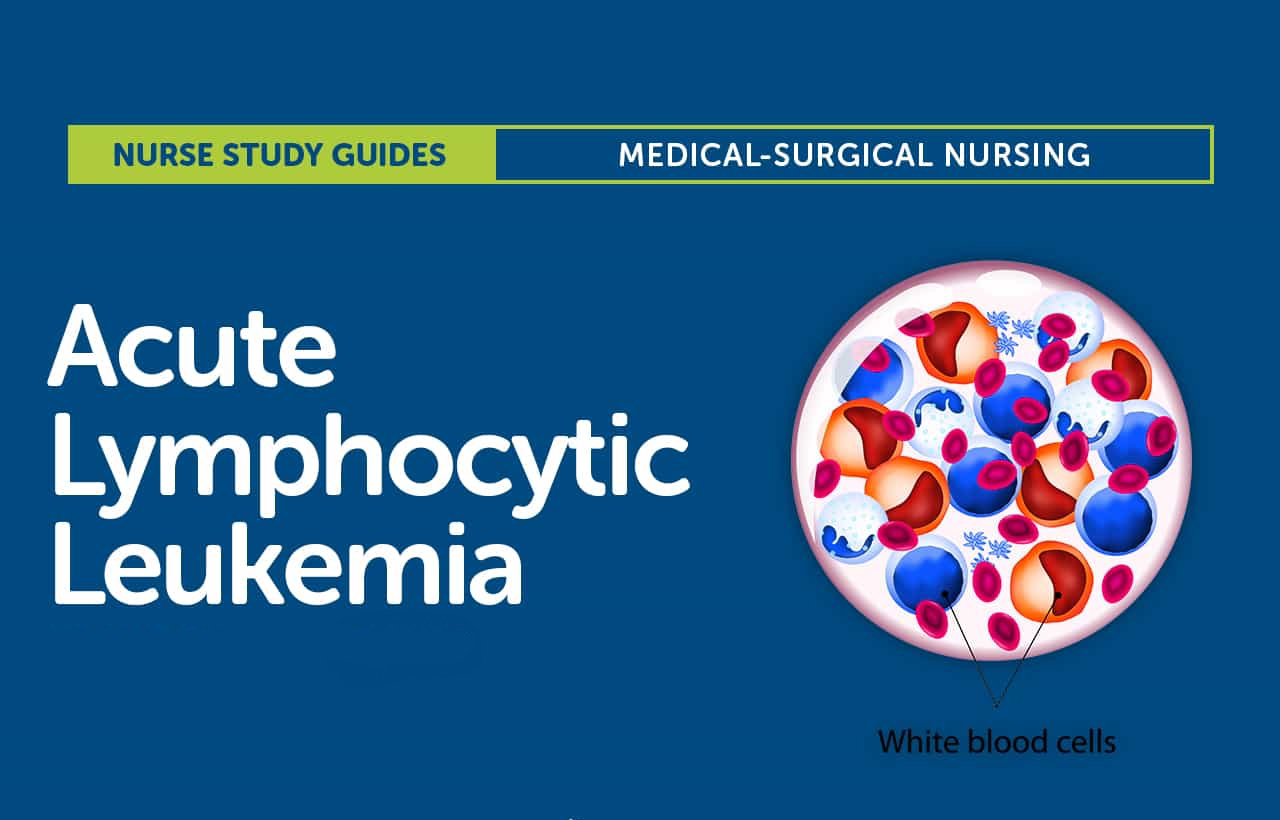Medical researchers and professionals have been diligently working to uncover methods and techniques that could aid in the early detection of ALL. Their efforts aim to improve the prognosis and survival rates of individuals affected by this aggressive form of leukemia. Detecting ALL at an early stage can provide patients with better treatment options and increase their chances of achieving long-term remission.
One of the key strategies employed in the quest for early detection involves regular screenings and tests. Physicians may perform blood tests to analyze the complete blood count (CBC) and evaluate the presence of abnormal cells or changes in the blood composition. By monitoring the levels of different blood cells, such as red blood cells, white blood cells, and platelets, healthcare providers can identify any irregularities that may indicate the presence of ALL.
In addition to blood tests, imaging techniques like X-rays, computed tomography (CT) scans, and magnetic resonance imaging (MRI) may be employed to examine the bone structure and identify any signs of leukemia cells infiltrating the bone marrow. These imaging methods provide a detailed view of the body's internal structures and help identify potential abnormalities that could indicate the presence of ALL.
Another avenue of research focuses on the identification of genetic and molecular markers associated with ALL. Scientists have discovered certain genetic mutations and chromosomal abnormalities that are more prevalent in individuals with ALL. By developing advanced genetic testing methods, medical professionals can detect these markers in blood or bone marrow samples, providing valuable insights into the presence of ALL at an early stage.
Additionally, advancements in technology and the field of molecular biology have enabled the development of highly sensitive and specific diagnostic tests. These tests can detect minimal residual disease (MRD), which refers to the small number of cancer cells that may remain in a patient's body after treatment. By identifying MRD, healthcare providers can monitor the effectiveness of treatment and detect any signs of relapse, even at the molecular level.
Awareness and education also play a crucial role in the early detection of ALL. By spreading knowledge about the symptoms and risk factors associated with ALL, individuals and healthcare professionals can be more vigilant and proactive in identifying potential cases. Understanding the importance of regular check-ups and seeking medical attention for persistent or concerning symptoms can significantly contribute to the early diagnosis of ALL.
While significant progress has been made in unraveling the detectability of ALL in its early stages, further research and clinical studies are still needed to refine existing methods and develop new approaches. The ultimate goal is to establish effective and accessible screening protocols that can be implemented widely to identify ALL at its earliest and most treatable stage.
In conclusion, the early detection of Acute Lymphocytic Leukemia (ALL) is a critical factor in improving patient outcomes and increasing the chances of successful treatment. Medical researchers and professionals are actively exploring various strategies, including regular screenings, imaging techniques, genetic testing, and molecular diagnostics, to enhance the detectability of ALL in its early stages. By combining these efforts with increased awareness and education, we can continue to make progress in the fight against ALL and provide patients with better chances of recovery and long-term remission.






0 Comments